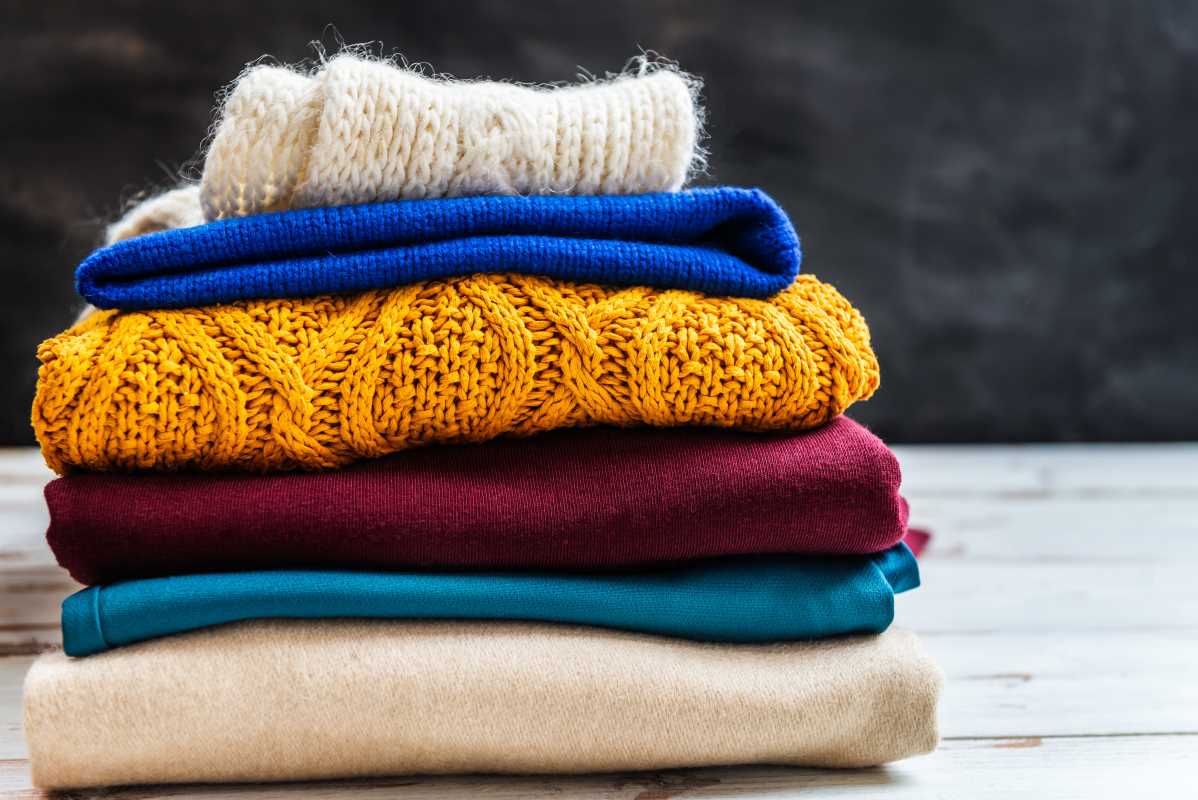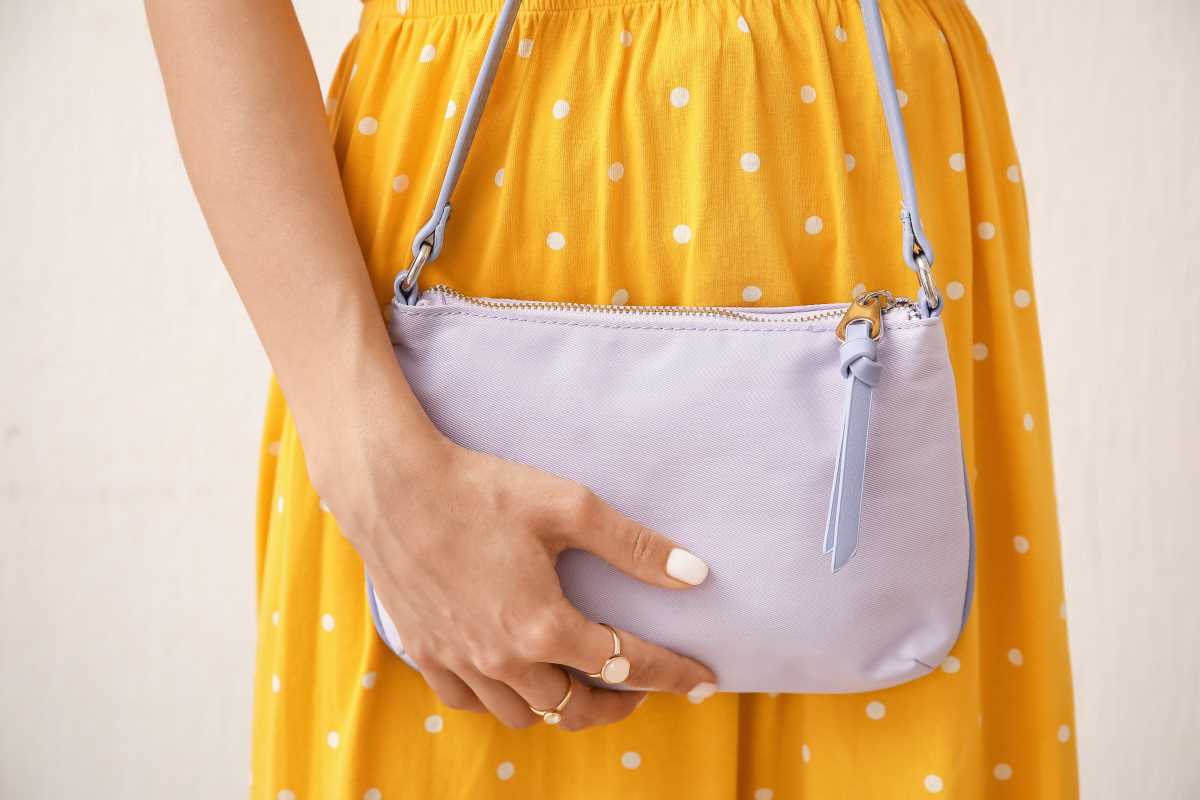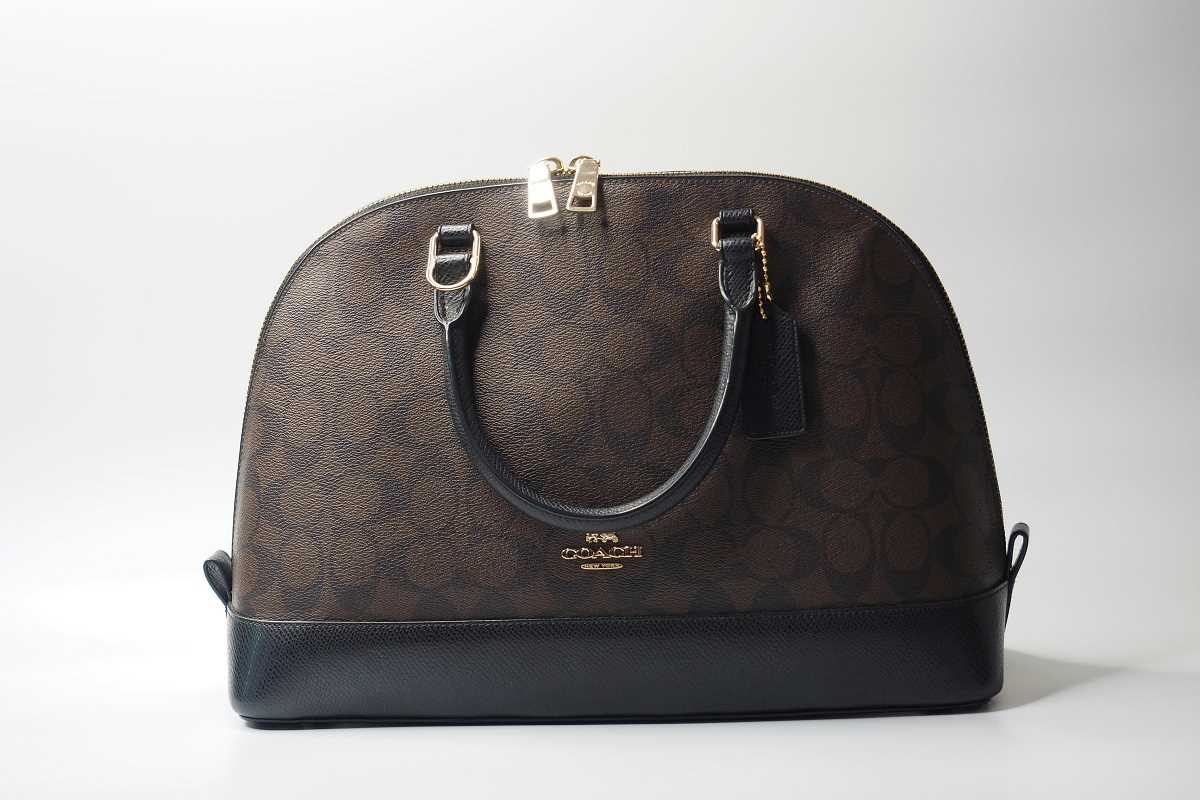Streetwear has always been about what's fresh, new, and innovative. A major shift is happening in the industry, and it’s all about a smarter, more conscious approach to fashion. Sustainable tech fabrics are changing the game, blending high performance with eco-friendly principles. These materials are not just good for the planet; they are pushing the boundaries of what our clothes can do. You can find hoodies that regulate your temperature and sneakers made from recycled ocean plastic. This guide is here to walk you through these exciting innovations. We’ll explore what sustainable tech fabrics are, highlight some game-changing materials, and show you how they are making streetwear cooler and more responsible than ever.
What Are Sustainable Tech Fabrics?
Sustainable tech fabrics are advanced materials created with both performance and environmental impact in mind. They combine cutting-edge technology with eco-conscious practices. This results in textiles that are durable, functional, and kinder to our planet. The "tech" part refers to their enhanced features, like being waterproof, breathable, or resistant to odors. The "sustainable" part means they are made in ways that reduce waste, save resources, and minimize pollution.
The production of these fabrics focuses on a few key principles. Many use recycled materials, like plastic bottles or old fishing nets, giving waste a second life. Others are made from renewable, natural resources, such as eucalyptus trees or algae, which can be grown without harming the environment. Some are even bio-based, designed to biodegrade at the end of their life cycle, leaving nothing behind. It's a thoughtful approach to fashion that proves style and sustainability can go hand-in-hand.
Game-Changing Fabrics in Modern Streetwear
Streetwear brands are embracing these innovative materials to create clothing that looks great and performs even better. These fabrics are at the heart of the movement, offering unique benefits for both the wearer and the world.
Recycled Polyester (rPET)
You've probably heard about recycling plastic bottles. Recycled polyester, or rPET, is what happens when those bottles are turned into fabric. The plastic is cleaned, melted down, and spun into a high-quality yarn. This process uses significantly less energy and water than producing new polyester.
- How it feels and performs: rPET is incredibly versatile. It can be made to feel soft like cotton or sleek and smooth for outerwear. It's durable, wrinkle-resistant, and dries quickly, making it perfect for activewear-inspired streetwear like track jackets, joggers, and hoodies.
- Brands using it: Industry giants like Nike (with their Flyknit material) and Adidas (in partnership with Parley for the Oceans) use rPET extensively. Patagonia has been a pioneer in this space for years, proving its long-term viability.
TENCEL™ Lyocell
TENCEL™ Lyocell is a standout fabric derived from the pulp of sustainably sourced eucalyptus trees. These trees grow quickly on land that isn't suitable for farming and require very little water. The production process is a "closed-loop" system, meaning over 99% of the water and solvents used are recycled and reused.
- How it feels and performs: This fabric is known for its luxurious softness, often compared to silk. It is highly breathable, moisture-wicking, and gentle on the skin, making it ideal for everyday staples like t-shirts, sweatshirts, and flowy trousers. Its excellent drape gives garments a relaxed yet refined look.
- Brands using it: Brands like Allbirds and tentree have embraced TENCEL™ for its comfort and eco-friendly credentials, integrating it into everything from shoes to casual apparel.
Econyl® Regenerated Nylon
Econyl® is a fantastic example of circular design. This regenerated nylon is made entirely from waste products, such as fishing nets rescued from the ocean, old carpets, and industrial plastic scraps. This waste is collected, cleaned, and transformed back into pure, high-quality nylon yarn without any loss in quality.
- How it feels and performs: Econyl® has the same durability and performance as brand-new nylon. It's strong, lightweight, and perfect for creating weather-resistant outerwear, backpacks, and swimwear. It allows streetwear brands to create rugged, functional pieces with a much smaller environmental footprint.
- Brands using it: Outerwear brands and high-fashion labels alike, such as Prada and Burberry, have adopted Econyl® for their collections, showing its versatility across the fashion spectrum.
The Impact on Streetwear Design and Culture
The rise of sustainable tech fabrics is doing more than just changing what clothes are made of. It's influencing the entire culture and aesthetic of streetwear.
A Focus on Durability and Longevity
Sustainable fashion is the opposite of fast fashion. Instead of creating trendy items designed to be thrown away after a few wears, the focus is on quality and longevity. Tech fabrics are inherently durable, meaning jackets, pants, and sneakers last much longer. This encourages a "buy less, buy better" mentality. Streetwear is returning to its roots of functional, well-made garments that can stand up to an active urban lifestyle. It's about investing in pieces you love that will stay with you for years.
Functionality Meets Everyday Style
These fabrics bring high-performance features out of the world of extreme sports and into our daily wardrobes. A classic hoodie might now be made with a temperature-regulating fabric to keep you comfortable indoors and out. A pair of sneakers could be fully waterproof thanks to an innovative membrane, all while looking stylish. This blend of function and fashion is at the core of modern streetwear. It meets the demands of people who want their clothes to do more and look good doing it.
Driving a Conscious Consumer Movement
Streetwear has always been a reflection of youth culture, and today's generation cares deeply about environmental and social issues. By using sustainable materials, brands are connecting with consumers on a deeper level. People are proud to wear items that represent their values. This transparency and commitment to doing better build brand loyalty and empower consumers to make more informed choices. The story behind the garment becomes just as important as the design itself.
How to Get Started with Sustainable Streetwear
Ready to make your wardrobe a little greener? Making conscious choices is easier than you think. You’ve got this!
Start by looking at the labels on clothing when you shop. Many brands are proud of their sustainable materials and will clearly state if a product is made from recycled polyester, TENCEL™, or other eco-friendly fabrics. Support brands that are transparent about their supply chains and manufacturing processes.
Think about versatility and longevity. Invest in high-quality, timeless pieces that you can wear in many different ways. A well-made jacket or a classic pair of sneakers from a sustainable brand is a great place to start. Finally, take care of the clothes you own to make them last longer. Following care instructions can extend the life of your garments, which is a simple but powerful sustainable practice.
 (Image via
(Image via





